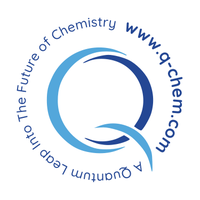
Q-Chem
@qchemsoftware
Q-Chem provides a comprehensive ab initio quantum chemistry program, allowing scientists worldwide to solve computational problems quickly and accurately.
ID: 475975983
https://linktr.ee/qchemsoftware 27-01-2012 16:52:02
1,1K Tweet
1,1K Followers
706 Following

































